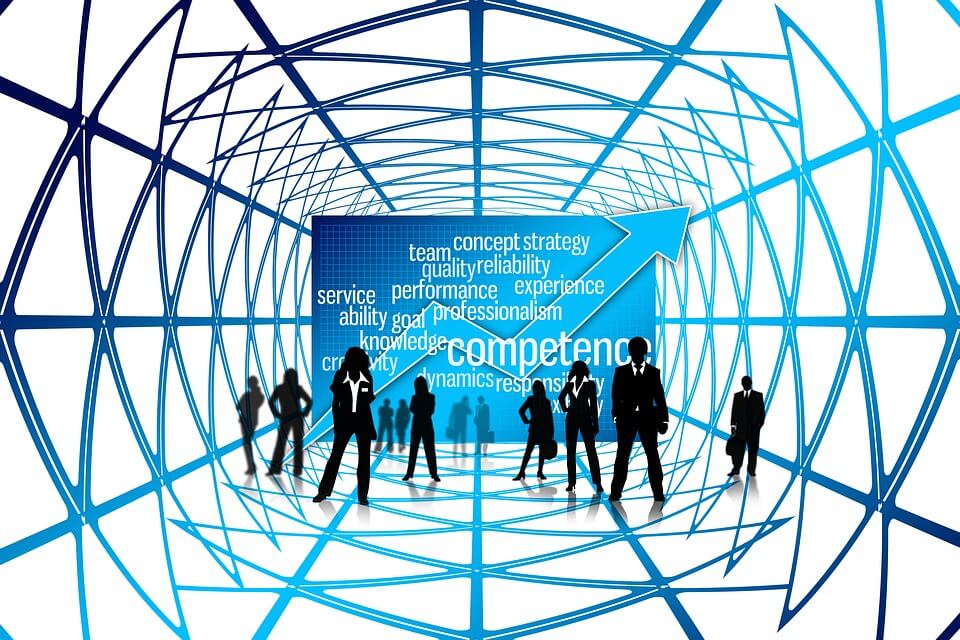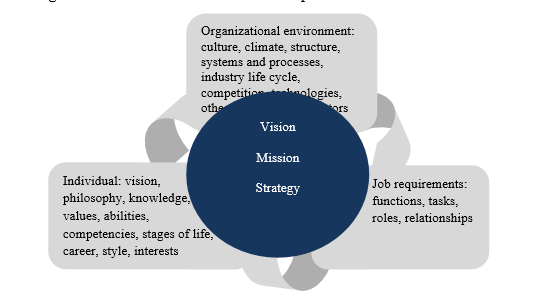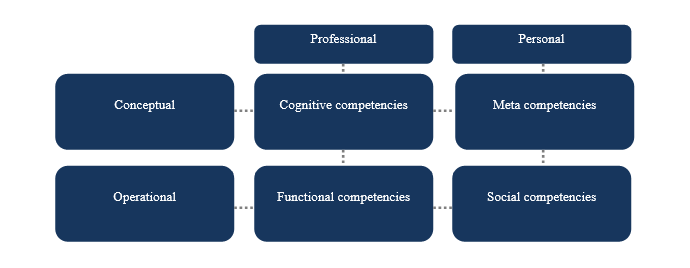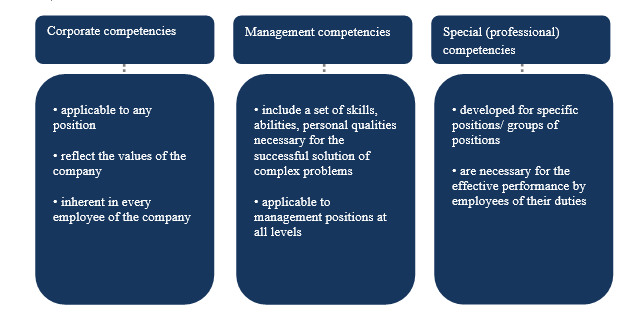
Competency-Based Strategic HRM – is the Key Element Competitive Advantage of Your Business
Modern conditions of development, mediated by exponential technological growth, dynamism of external and internal processes and uncertainty, force the subjects of strategic management to be flexible, proactive and use the entire arsenal of tools for effective management of available resources, among which human resources play a key role.
One of the most effective tools for strategic HRM is the competency-based approach, the purpose of which is to determine the most important behavioral criteria necessary for effective professional activity. The competency-based approach is based on two elements – «competencies» and «competency model».
Competencies are externally observable behavioral characteristics that determine the success of the performer at work, i.e. these are key personality traits causally associated with effective work, which include motives, characteristics, skills, self-vision, knowledge and social role.
Figure 1 shows the area of the maximum possible effective human behavior that determines its effectiveness.

Figure 1 - The area of the maximum possible effective human behavior, that determines its effectiveness
Competencies have four components, two of which are professional, which are related to work (study), and two are individual, depending on the characteristics of the individual.
Figure 2 shows a typology of competencies.

Figure 2 – A typology of competencies
In addition to the ones presented above, there are also three types of competencies, depending on the level of formation (Figure 3).

Figure 3 – Types of competencies depending on the level of formation
When developing a competency model, two approaches can be used:
-
adaptation to the requirements of the company of ready-made models created as a result of studying the management experience of leading companies;
-
creation of a competency model «from scratch» with the help of external consultants or independently.
-
setting goals and objectives;
-
planning;
-
development of a competency model;
-
approbation and implementation;
-
support.
The key stage is the direct development of a competency model, which includes the following processes:
-
analysis of a company, a specific structural unit, a strategic business unit
-
analysis of a specific position
-
development of a preliminary model of competencies in working groups
-
refinement of the competency model
-
determination of scales of ranking of competencies and weights
-
validation of the competency model.
The result of the above stages is a ready-made competency model, consisting of:
-
areas of competence
-
skill blocks for each area
-
behavioral indicators characterizing specific work behavior and ranked according to the levels of their manifestation.
***
Thus, the competency-based approach brings advantages both to the subjects of management and to the employees of the company in certain elements of the HRM system, be it selection, recruitment, use, motivation or development, ensuring the transparency and accessibility of the requirements for the employees of the company and the possibility of adopting effective and the most objective decisions.